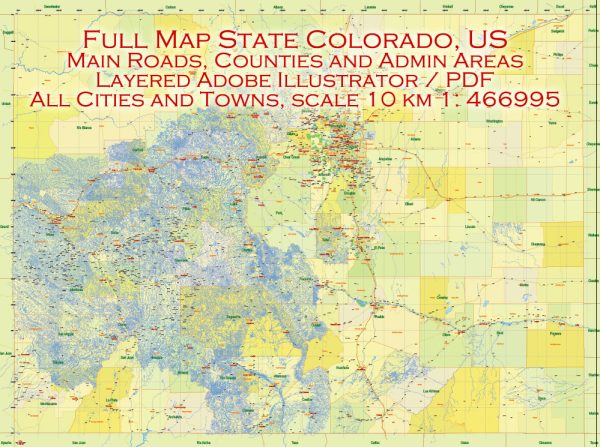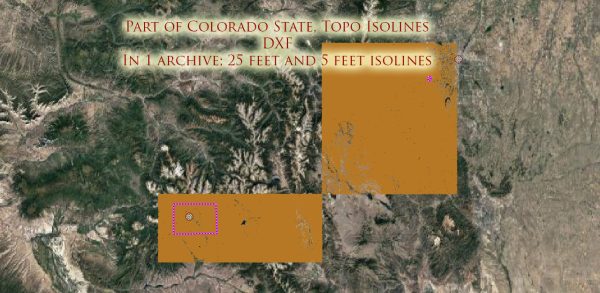Colorado is a state in the western United States with a diverse and complex water resources system. Water in Colorado comes from various sources, including rivers, lakes, and groundwater, and it is vital for agriculture, industry, recreation, and municipal use. The state’s water resources are managed through a combination of laws, regulations, and organizations, such as the Colorado Water Conservation Board (CWCB).
Here are some key aspects of Colorado’s water resources:
- Major Rivers: Colorado is home to several major rivers, including the Colorado River, Arkansas River, Rio Grande, and the South Platte River. These rivers provide water for various purposes, including irrigation, municipal water supply, and recreation.
- Water Rights: Colorado follows a system of prior appropriation for water rights, which means that the first person or entity to put water to beneficial use has the most senior water right. This system is crucial for water allocation and distribution.
- Snowpack: Much of Colorado’s water supply comes from snowmelt in the mountains. The Rocky Mountains in Colorado act as a natural reservoir, storing water as snow during the winter and releasing it during the spring and summer.
- Reservoirs: Colorado has numerous reservoirs, such as Lake Powell and Lake Mead, which help store and regulate water for various purposes, including agriculture, hydropower generation, and ensuring downstream water availability.
- Drought and Water Management: Colorado frequently faces drought conditions. The state has implemented various water management and conservation measures to cope with drought and ensure the sustainable use of water resources.
- Water Quality: Ensuring the quality of Colorado’s water is essential for public health and the environment. Regulatory agencies and water treatment facilities work to monitor and maintain water quality standards.
Regarding bridges in Colorado, the state has an extensive network of bridges that are essential for transportation. The Colorado Department of Transportation (CDOT) is responsible for managing and maintaining the state’s road and bridge infrastructure. Colorado has a variety of bridge types, from small rural bridges to large urban and interstate highway bridges.
If you have specific questions about a particular aspect of Colorado’s water resources or bridges, feel free to ask for more detailed information.




 Author: Kirill Shrayber, Ph.D.
Author: Kirill Shrayber, Ph.D.